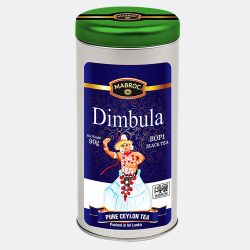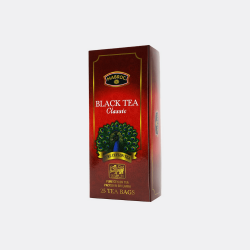Tea tips from experts. Tips from Mabroc’s Tea masters to help you have the best Tea experience every time.
Tea was discovered by accident by Chinese Emperor Shen Nong in 2737 B.C. when Tea leaves fell into his pot of boiling water during a brief stop under a tree with his army. Ever since then, it has evolved from a medicinal beverage to the most consumed beverage only second to water. Presently Tea is grown in many countries across the globe.
Ceylon Tea grown in the island country of Sri Lanka is known for its unique aroma, quality, and character. It has become a popular beverage that can be enjoyed both hot and cold.
Brewing the perfect cup of Tea may seem like an uphill task for some. This is why we have gathered some tips and tricks from our experts to help you store and brew the most perfect cup of Ceylon Tea.
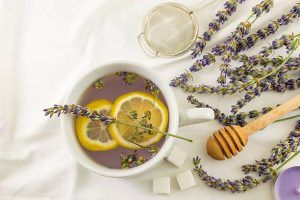
lavender tea with lemon and fresh flowers
2. Start with the Freshest Water Possible
– water quality is very important to end up with a good cup of Tea. Refrain from using water that has been boiled before, which will strip it of natural minerals that are vital for flavor.
3. Use High-Quality Tea Leaves
– The quality of Tea leaves can significantly impact the taste of your cuppa Tea. Use high-quality loose-leaf Tea when possible for better results. Loose-leaf Tea allows for better circulation of water, resulting in better extraction of essential oils in the Tea that brings out its flavors and aromas. This does not mean that Tea bags are of lower quality. Smaller leaves from tea bags are sorted to obtain grades such as Dust, FBOP, and Fanning’s. Mabroc uses the highest quality single-origin small leaves for their Tea bags.
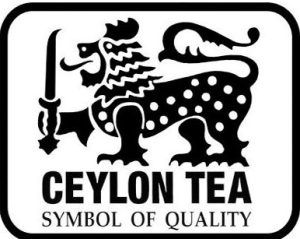
sri lanka tea board lion logo
Tip – When consuming Ceylon Tea one can be assured of getting a quality Tea offering when the “Lion Logo“ is present. This certification for each Ceylon Tea product is given by the watchdog of Ceylon Tea the “Sri Lanka Tea Board” (SLTB). Authorization to use the Lion logo on the packaging is given after tough checks conducted by the in-house lab.
4. Measure Your Tea Leaves to Ensure Consistency –
The standard measurement is 1 Teaspoon per 8 oz cup. However, it can be adjusted according to your personal preference. If you’re using a Tea pot make sure to add an extra Tea spoon for the pot. If Tea bags add 1 extra Tea bag in addition to the number of people you’re making Tea for.
| Utensil | Loose leaf | Tea bags |
| Tea Pot | 1 Teaspoon per person + 1 for the pot | 1 Tea bag per person + 1 for the pot |
| Tea Cup | 1 Teaspoon per person | 1 Tea bag per person |
5. Water Type and Temperature –
The quality of water is very important for a good cuppa. All types of Ceylon Tea are known to work well with most types of water namely (medium and soft water) other than hard water as mentioned in the book, Tea and Tea Blending by Joseph .M . Branston 1894.
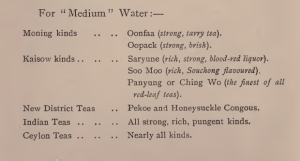
Ceylon Tea complements various water types, including medium water. Tea tips from experts.
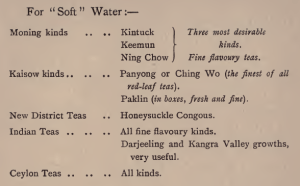
Ceylon Tea complements various water types, including soft water
Use fresh water from a running source like a stream or tap. If you have access to an RO filter water make sure to use it. The more O2 (Oxygen) the water has the better the Tea will taste.
Make sure to boil Black Tea at 90-980 C and Green Tea at 800 C. Be mindful and refrain from brewing Green Tea at 1000C and burning the leaves.
Tip – Don’t over-boil the water. Over-boiling strips the water of its natural minerals. As soon as the water comes to a rolling boil, stop!
6. Steep for the Right Amount of Time –
Black Tea: 3-5 mins
Green Tea: 2-3 mins
Herbal Tea: 3-6 mins
White Tea: 3-5 mins
Infusions: 3-5 mins
Tip – 0% bitterness
- Don’t over-steep.
- Don’t squeeze the Teabag to get every last drop out.
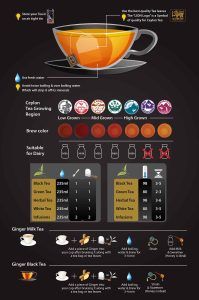
Tips and tricks to help you store and brew the most perfect cup of Ceylon Tea from Mabroc
7. Invest in Quality Utensils
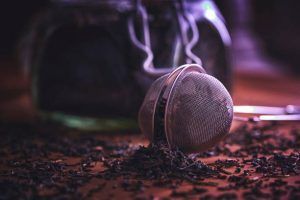
Healthy Black Tea on Rustic Background
To have a quality Tea experience the tools used to make the cuppa is of paramount importance.
Strainer –
- Make sure the strainer is aluminum assuring a rust-free utensil.
- Refrain from using the plastic version to ensure microplastics don’t creep into the cuppa.
Spoon –
- Use a clean metal spoon, ideally aluminum.
- Don’t use plastic.
- Refrain from using wooden spoons as it might contaminate the taste of the Tea.
Timer –
- “Time flies” so keep in mind to time you’re brewing.
8. Additions Have Your Cuppa Your Way –
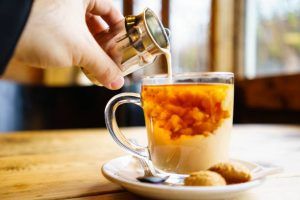
Adding milk to the tea cup – Mabroc Tea Blog
Add milk and sugar according to your personal preference. If making milk Tea add sugar after adding milk, if enjoying straight Black Tea add sugar once the leaves are brewed.
- Ceylon Tea from Nuwara Eliya and Uda pussellawa are recommended to be enjoyed without milk.
The best Ceylon Tea regions suitable for making milk Tea are,
- UVA Region
- Kandy Region
- Dimbula Region
- Sabaragamuwa Region
- Ruhuna Region
Keep in mind to use dark red, dark brown, and burgundy colored Tea for a legendary cup of milk Tea. The stronger the Tea, the better the taste will come through the milk.
The lighter types are best enjoyed by themselves!
Try to do your body a favor and refrain from refined sugar.
No! Sugar doesn’t normally look like little diamonds sparkling. It is brown and the better it gets will be dark brown and moist. In other words, Sugar that’s white in color is bleached and often polished.
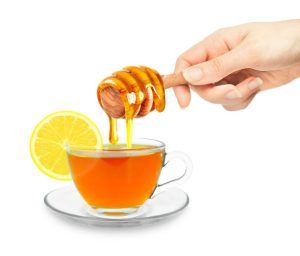
Image: Tea with honey Source: istock
Tip –
- Use fresh honey or any type of natural molasses instead.
- Add condensed milk or rich cream for a creamy milk Tea.
For a good cup of milk Tea brewing, 2 tea bags won’t hurt as a strong Tea will seep through the milk giving you a rich-tasting cuppa.
Tip –
Honey quality test –
Dip a match stick in honey and try to light it on fire if it burns easily the Honey is of good quality!
If it’s difficult to burn it might be mixed with corn syrup or sugar.
Tip – Stay away from artificial sweeteners as most of them contain Aspartame which has been classified by the WHO as being cacogenic (Cancer causing)
The more adventurous Tea lovers can try,
Ginger Black Tea –
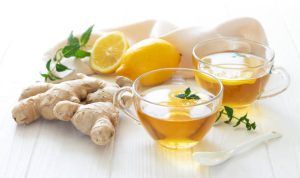
Tea blog – Ginger tea – by Mabroc Teas
Shave a few strips of fresh Ginger into a cup before the Tea is brewed. After strain the leaves and Ginger before enjoying.
Milky Ginger Black Tea –
Same as above but add milk and sugar at the end.
Clove Black Tea –
Smash 2 clove buds and place them in your cup or mug before brewing a Tea bag or tea leaves, strain leaves and enjoy. However, consuming the clove bud is even better.
9. Storage –
Keep in mind to store the Tea,

Mabroc Night of 1000 Stars Tin
- Away from sunlight – will affect the composition and introduce metallic notes.
- Away from any strong smell – Tea sucks in any type of odor thus contaminating the taste and aroma.
- Away from Heat – aids oxidization causing Tea to degrade.
- Airtight once opened – to stop moisture from causing fungal growth.
Tip – Upcycle empty Mabroc Tea caddies to store your favorite Tea safely.
Happy brewing!

